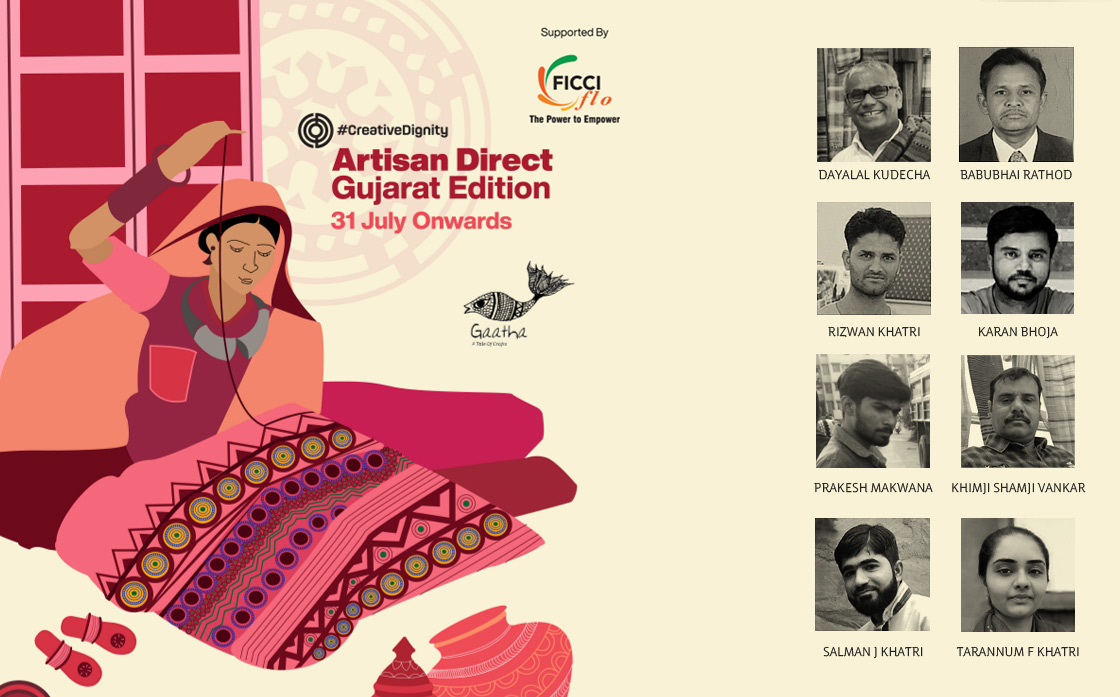
There are no products to list in this category.

There are no products to list in this category.
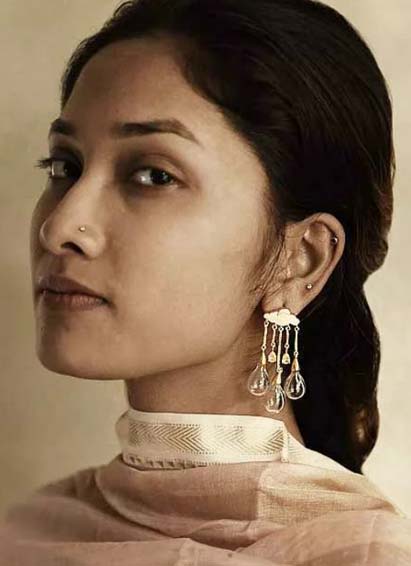
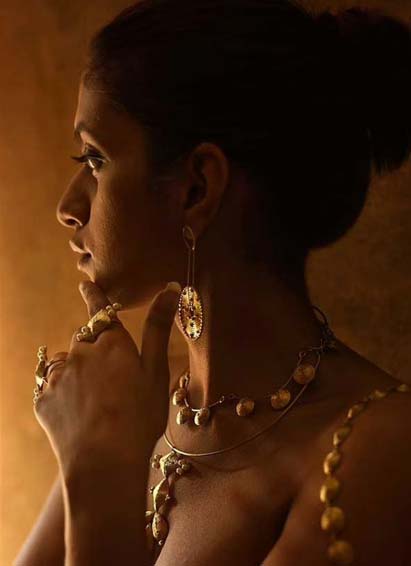
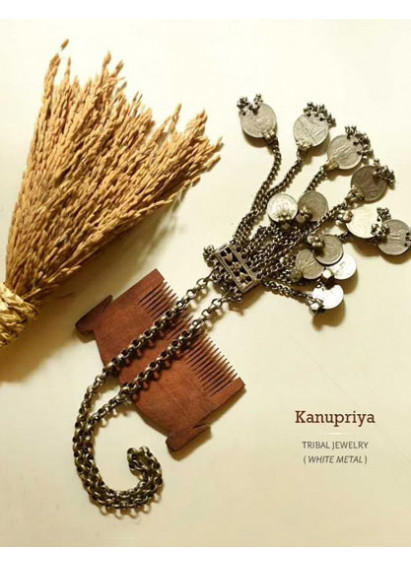
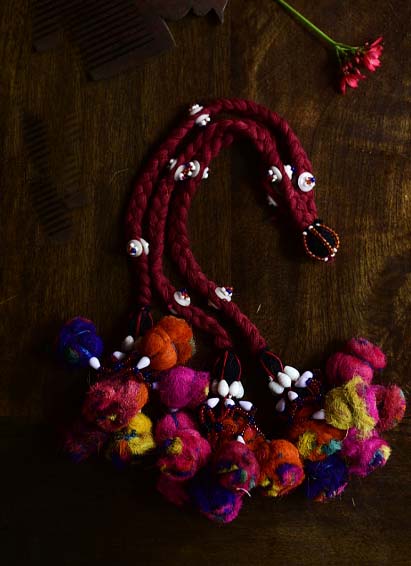
To prevent tarnishing, store your handmade copper jewellery in an airtight bag and keep it away from moisture, perfumes, and sweat. It is advisable to gently clean it with lemon juice or a soft cloth regularly to maintain its natural shine.
We advise you to keep your white metal ornament dry, away from moisture and direct sunlight. You should clean it gently with a soft cloth and store it in an airtight bag or box to prevent the material from tarnishing and maintain its shine.
Copper has a reddish-brown hue, lightweight and develops a green texture over time, while brass has a brighter, yellow-gold tone, and is much heavier.
Handmade jewellery in Indian culture symbolizes tradition, craftsmanship, and identity, a piece of craft often passed down generations as heirlooms. Each piece reflects regional artistry, spiritual beliefs, and is deeply tied to rituals, festivals, and personal expression
Handmade jewellery in India dates back over 5,000 years to the Indus Valley Civilization, showcasing intricate craftsmanship in gold, silver, beads, and gemstones. Rich in cultural symbolism, it evolved through dynasties and continues to reflect India’s diverse artisanal heritage.
It can be difficult to distinguish between handmade and handcrafted jewellery. Technically, handcrafted jewellery is more rooted in traditional practices and designs, while handmade jewellery often explores a variety of materials in a more contemporary way. Handmade pieces may not always involve traditional artisanal skills. Moreover, every handcrafted jewellery piece is, by essence, also handmade.
In India, every state has a unique identity reflected in its diverse jewellery styles, with each tribe having its own distinct traditions. Over time, due to the influence of royal families, regions like Rajasthan and South India became especially prominent in the field of jewellery, particularly for Indian weddings.
Tribal jewellery is earthy, bold, and handcrafted using natural materials like beads, shells, and silver, made to reflect their cultural identity. Royal jewellery is ornate, intricate, and made with precious metals and stones, showcasing luxury, heritage, and regal craftsmanship.
Popular jewellery making materials in India include gold, silver, brass, terracotta, beads, glass, lac, and natural stones. Each material reflects rich regional craftsmanship, like Meenakari, Lac bangles, and tribal jewellery, celebrated for its unique heritage and artistry.
It’s nearly impossible to define a fixed number of jewellery types in India. Every region has its own distinctive style, shaped by local aesthetics and traditions. To add to that, Indian tribal communities also craft unique jewellery using materials like bone, horn, wood, beads, and bamboo, reflecting rich cultural diversity.